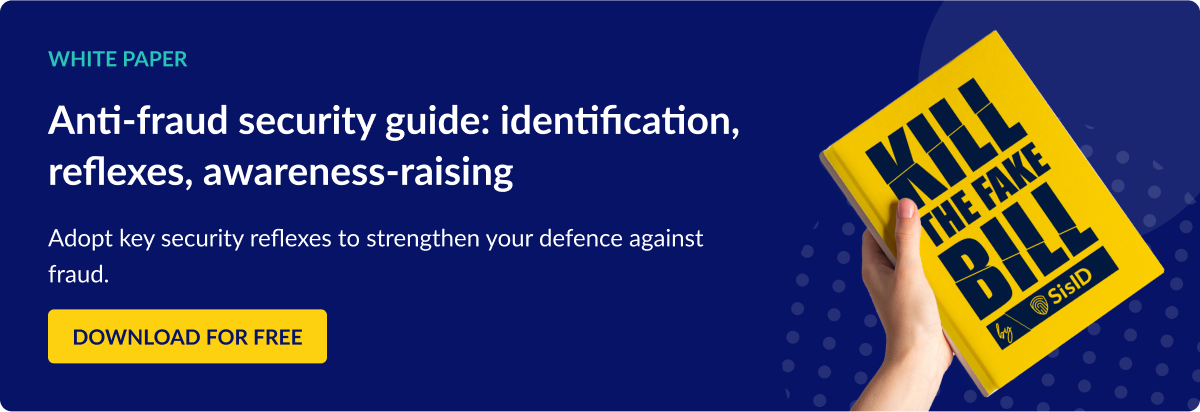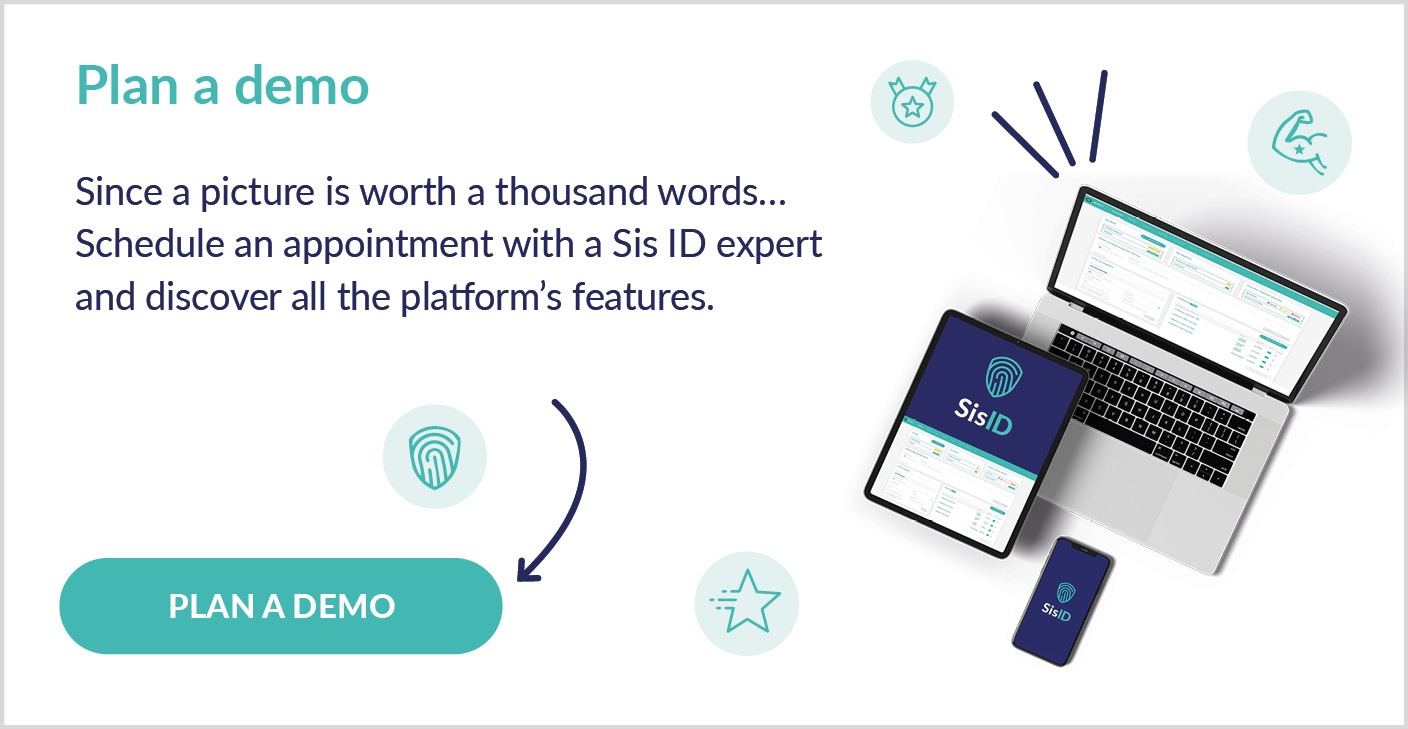What is Phishing and How to Protect Your Company Online?
In the ever-evolving landscape of digital transactions, businesses engaged in B2B interactions find themselves at the forefront of a growing cybersecurity concern: phishing. As the digital economy continues to flourish, so does the sophistication of cyber threats targeting sensitive data, financial transactions, and confidential information crucial to B2B operations.
Phishing, previously viewed as an annoyance, has evolved into a widespread and focused threat impacting B2B entities globaly, highlighting various types of fraud risk.
The evolution of phishing tactics in B2B
Phishing risks for B2B organizations
B2B transactions mean a constant flow of critical information and financial exchanges on which the threat of phishing attacks looms larger than ever. Recognizing the potential rewards of breaching business networks, cybercriminals have improved their tactics to exploit vulnerabilities unique to the B2B landscape.
B2B organizations, encompassing various industries, have increasingly become prime targets for phishing attacks and security breaches. Unlike their counterparts in the consumer sector, businesses engaging in B2B transactions often handle larger sums of money and exchange sensitive data, such as account numbers, emails with confidential information, or even user data, that, if compromised, can have severe repercussions. From fraudulent wire transfers to unauthorized access to confidential documents, the risks are multifaceted and demand a nuanced understanding. Users, employees, and operators must be vigilant and learn to control those risks.
Common phishing tactics targeting B2B transactions

The human element in phishing attacks: Exploiting B2B behavior
Cybercriminals leverage a deep understanding of human behavior to exploit the vulnerabilities of employees and decision-makers. Unlike generic phishing attempts, which cast a wide net, B2B-focused attacks are precisely tailored to manipulate the specific dynamics and expectations within a professional environment.
Phishers capitalize on the trust inherent in professional relationships, understanding that employees are more likely to act on requests that seem to originate from colleagues, clients, or higher-ups. By impersonating familiar figures, attackers create a deceptive facade that bypasses traditional skepticism. These malicious actors exploit social engineering tactics to manipulate users into divulging personal or sensitive information.
Cybercriminals may target specific roles within a B2B organization, tailoring phishing attempts to exploit hierarchies. Executives may receive messages mimicking urgent requests from other leaders, while employees might encounter emails posing as directives from management. Users need to remain vigilant and report any suspicious email or phishing attack promptly to the company’s security team. Implementing robust security measures and conducting regular security awareness training can help mitigate the risks posed by phishing attacks and safeguard sensitive company data.
Defending against phishing: a comprehensive strategy for B2B transactions
Enhancing email security for B2B transactions
Email remains a primary vector for phishing attacks in the B2B landscape, making robust email security measures essential for safeguarding sensitive communications and transactions.
Integrating payment verification solutions for enhanced B2B security against phishing attacks
As financial transactions are the backbone of B2B interactions, they represent a threat when not protected. Scammers target organizations with malicious malware they push using phishing or spear phishing messages or emails.
Integrating payment verification solutions becomes paramount to detecting and preventing fraudulent activities.
Sis ID helps companies detect fraud and attempted fraud globally
Conceived and created by Financial Directors and Treasurers of the CAC40, it offers the solution to :
With Sis ID, free yourself from the risk of transfer fraud and pay with complete peace of mind.

B2B cybersecurity: how to report and respond to an incident for enhanced security?
The ability to promptly report and respond to phishing incidents can mean the difference between containment and catastrophe. Timely reports are paramount in mitigating the potential damages inflicted by phishing attacks and safeguarding the integrity of business operations. Enhance your organization’s security posture by understanding the key steps in responding to phishing incidents.
Swift action for mitigating phishing incident
Preparing an effective incident response plan
In the face of a phishing incident, organizations must be equipped with a well-defined and comprehensive incident response plan. A proactive approach to incident management enables organizations to swiftly contain threats, minimize damages, and restore trust and security to business operations. Strengthen your organization’s defense against phishing attacks with these essential strategies:
Prioritize timely reporting and proactive incident response, they strengthen their resilience against phishing threats as well as the security posture of their digital infrastructure. Stay proactive, stay vigilant, and stay secure in the face of evolving cyber threats.




